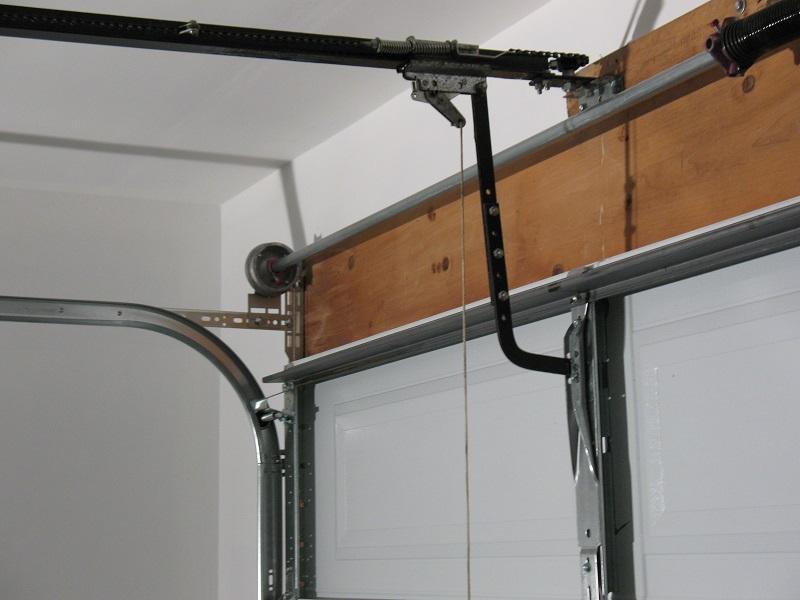Garage doors are an essential part of our homes, providing security and convenience. However, behind the smooth operation of every garage door are the springs, which play a crucial role in lifting and lowering the door. One common question among homeowners is, “How many turns should I wind my garage door springs?” In this guide, we’ll delve into the world of garage door springs to help you understand how many turns are needed for safe and effective operation.

Garage Door Springs: How Many Turns Do You Need?
Garage door springs come in two main types: torsion springs and extension springs. Torsion springs are mounted horizontally above the door opening, while extension springs are located on both sides of the door tracks. The number of turns required for each type of spring varies based on several factors, including the weight of the door and the size of the springs.
Understanding Torsion Springs
Torsion springs are wound tightly to store energy, which is released to lift the door when it’s opened. The number of turns needed for torsion springs depends on the weight of the garage door and the height of the door opening. Typically, larger and heavier doors require more turns to balance the weight properly.
To determine the number of turns for your torsion springs, you’ll need to calculate the torque required to lift the door. This can be done using a torsion spring calculator or by consulting a professional garage door technician. It’s essential to follow the manufacturer’s recommendations and safety guidelines when winding torsion springs to avoid accidents and injuries.
Calculating Turns for Extension Springs
Extension springs, on the other hand, are stretched along the horizontal tracks and expand and contract as the door opens and closes. Unlike torsion springs, extension springs don’t require turns to wind them up. Instead, you’ll need to measure the length of the springs to ensure they provide the necessary tension to lift the door.
To determine the correct length for your extension springs, measure the distance from the bottom of the door to the ceiling when the door is closed. Then, choose extension springs that are slightly longer than this distance to ensure they provide enough tension to lift the door properly.
Factors to Consider
When determining the number of turns or length of springs needed for your garage door, consider the following factors:
- Door weight: Heavier doors require stronger springs to lift them safely.
- Door size: Larger doors may require additional turns or longer springs to provide enough tension.
- Spring type: Torsion and extension springs have different requirements for winding and sizing.
Conclusion
Garage door springs play a critical role in the operation of your garage door, providing the necessary tension to lift and lower the door safely. By understanding how many turns or the length of springs required for your specific door, you can ensure smooth and reliable operation for years to come.
Read too: Mastering the Art of How to Open a Garage Door Safely and Efficiently



Leave a Reply